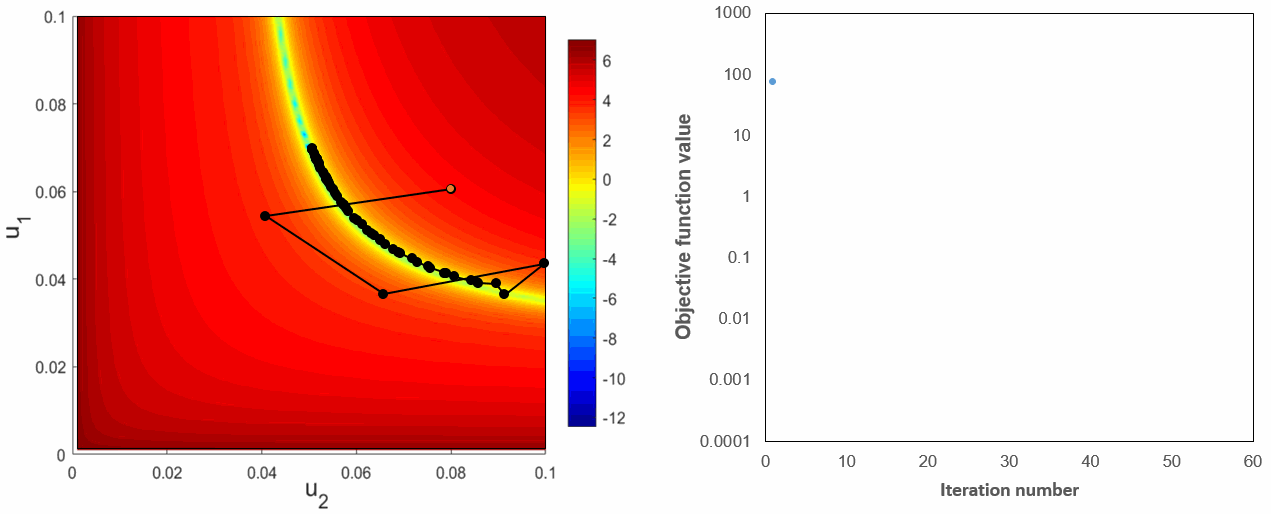This study focuses on adjoint-based gradient optimization9 using operator-based linearization (OBL) method. The objective function is augmented by being linearly combined with reservoir state equations. This objective function shares the same extrema with the original objective function as the residual of reservoir state equation is equal to zero. In the course of calculating the gradient of objective function, several derivatives with respect to state variables and control variables at each time step are provided by OBL technique. OBL method largely reduces the amount of property-related computations by interpolating the state-based terms of governing equations and their derivatives with respect to governing unknowns in physical space.
As an example, a history matching problem of gas injection problem10 using adjoint gradient with OBL is investigated. The proposed method helps to efficiently calculated the gradient of objective function, especially for the case with large amounts of elements in control variables and for many components. For a visualization purposes, we investigate 1D reservoir with only two permeability values u1 and u2 in the vector of control variables. The surface plots of objective function values are shown in the Fig.7.


Fig.7: The plots of objective function values in 3D (left) and 2D projection (right).
As it can be seen in the above figures, there is a clear band area which corresonds to the global minumum the objective function. Besides, there is also a bunch of local extrenums near the global minimum. In the Fig.8 we show the solution trajectories based on numerical and adjoint gradients. Both methods behave almost identical and require most of the computational efforts in this band area with many local extrenums before finding the global optimum.

